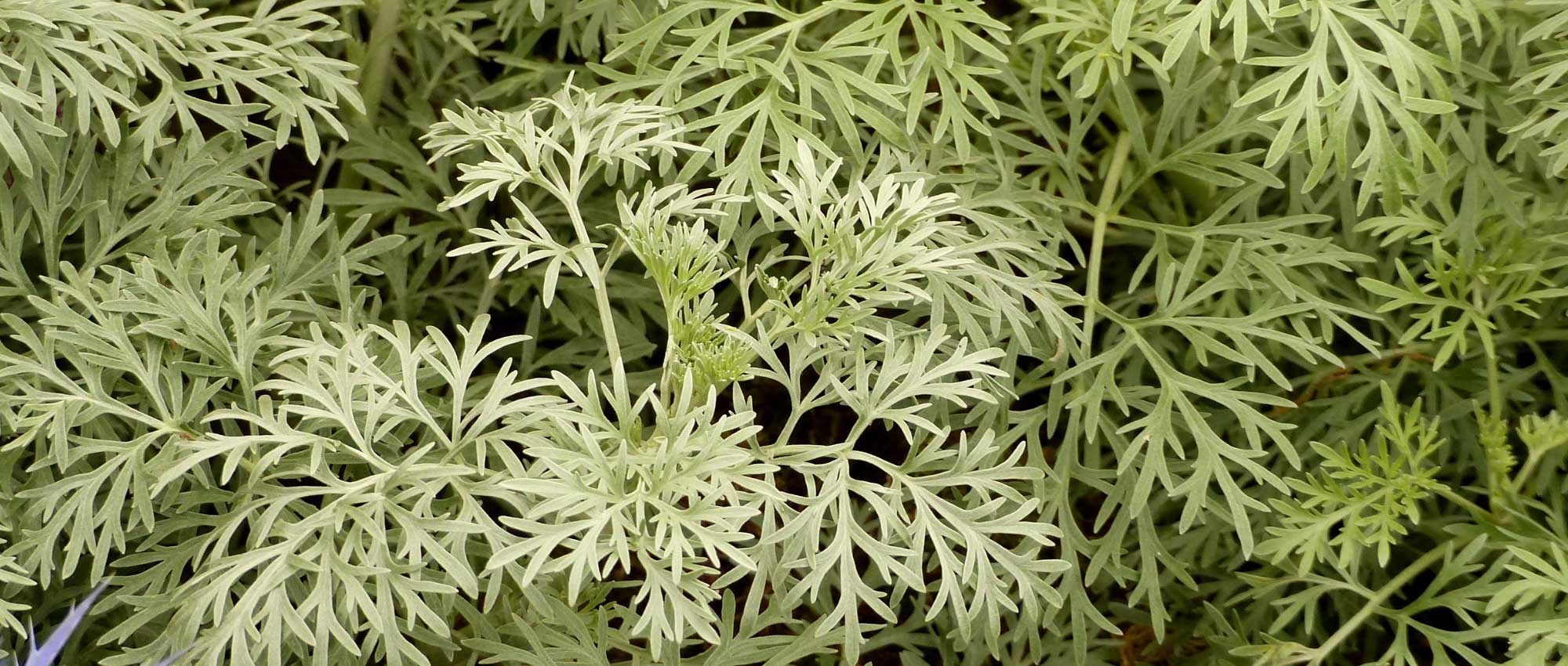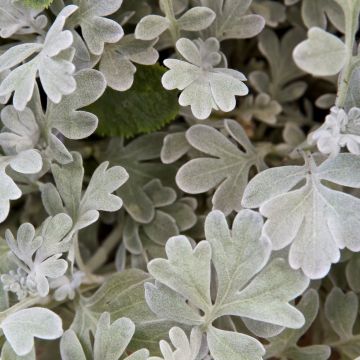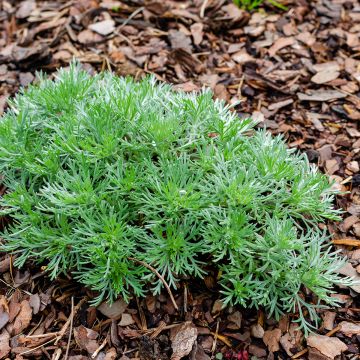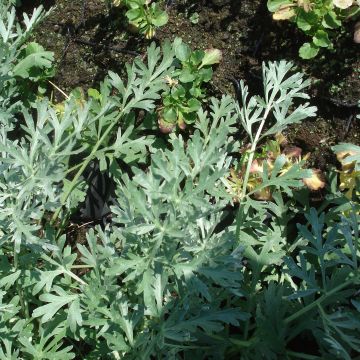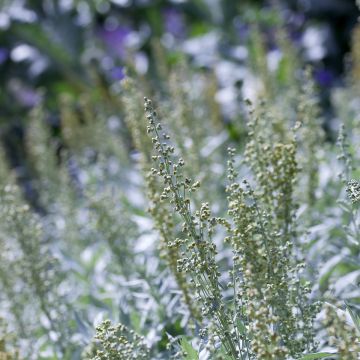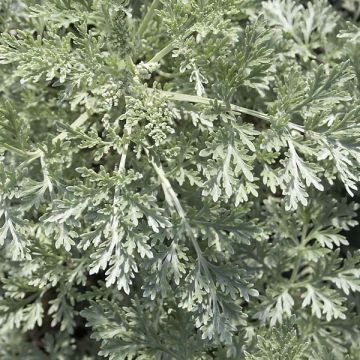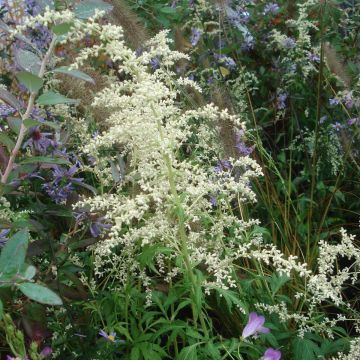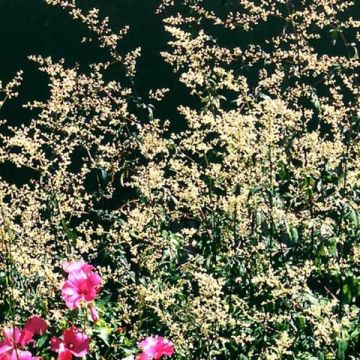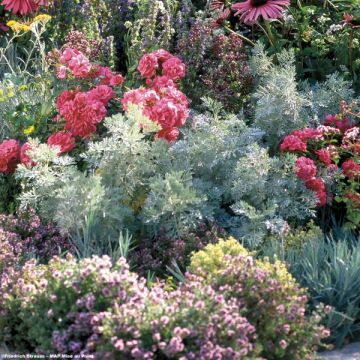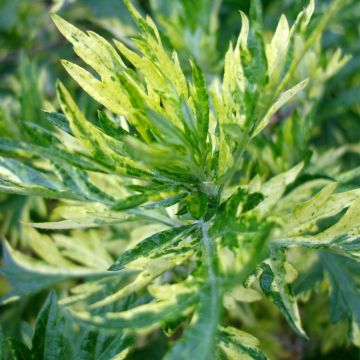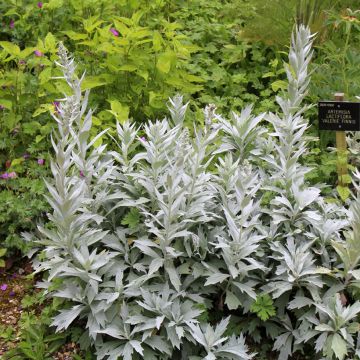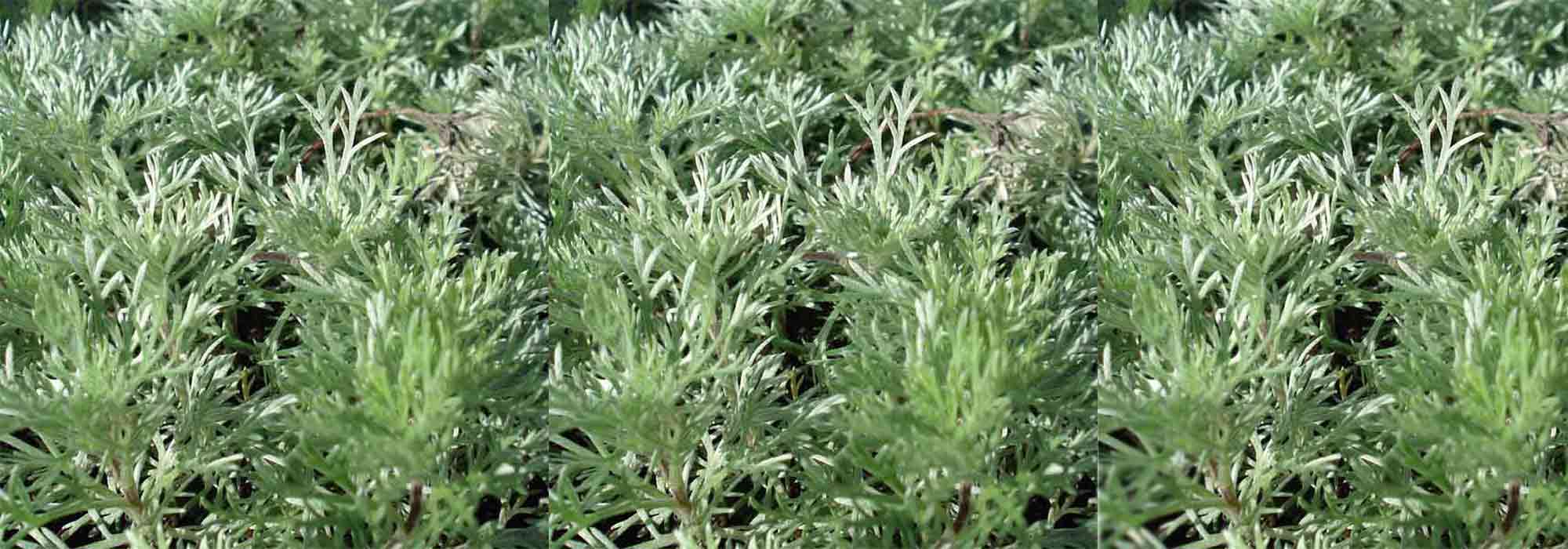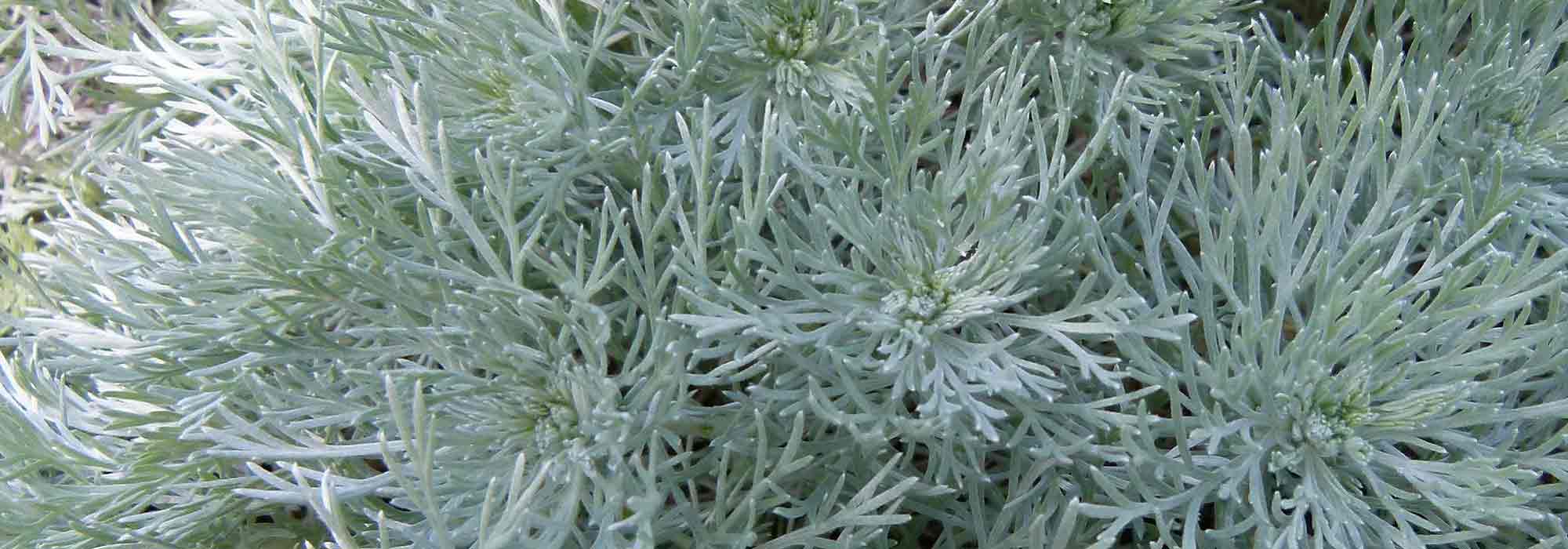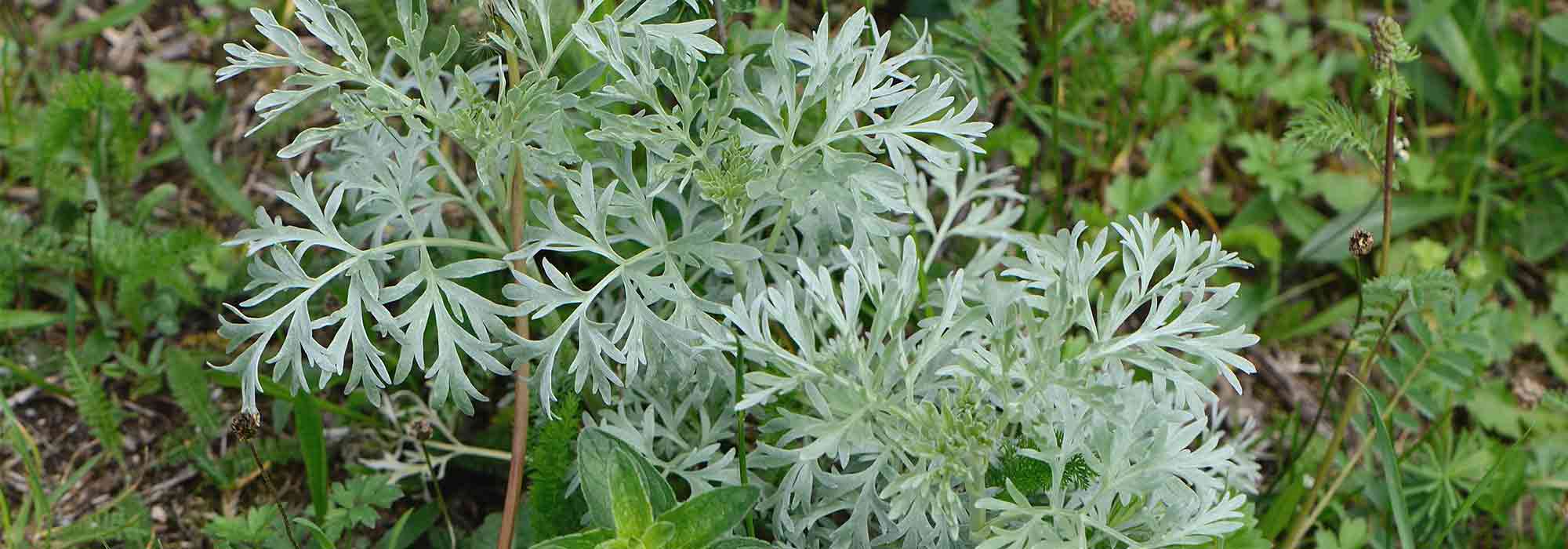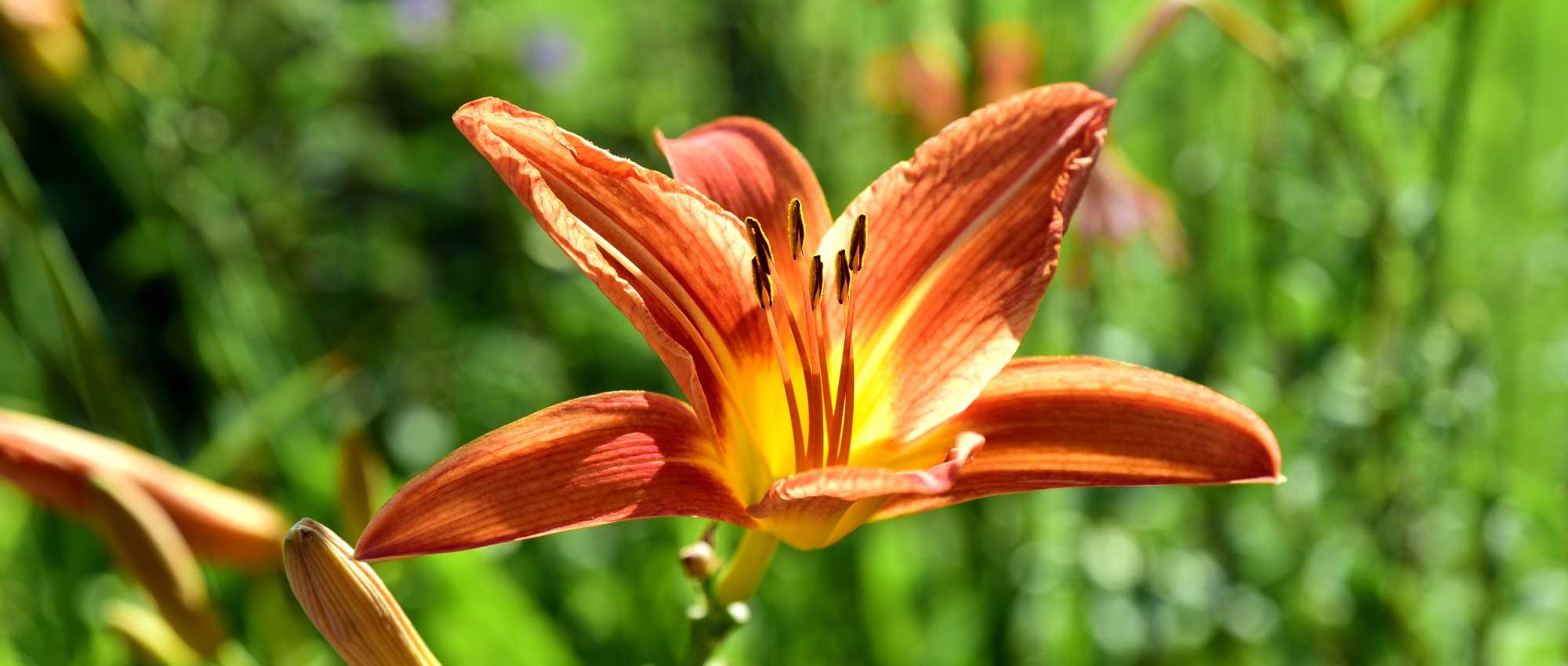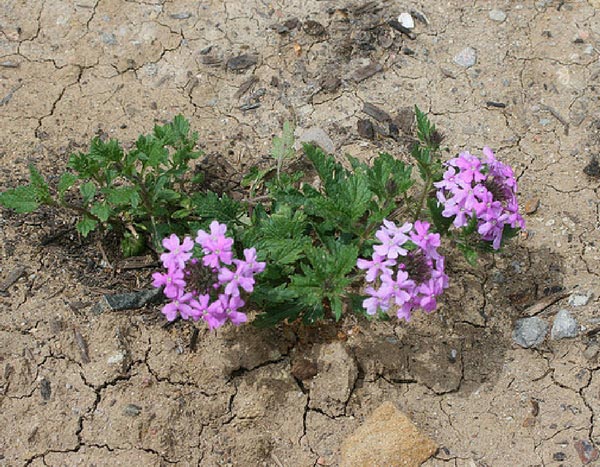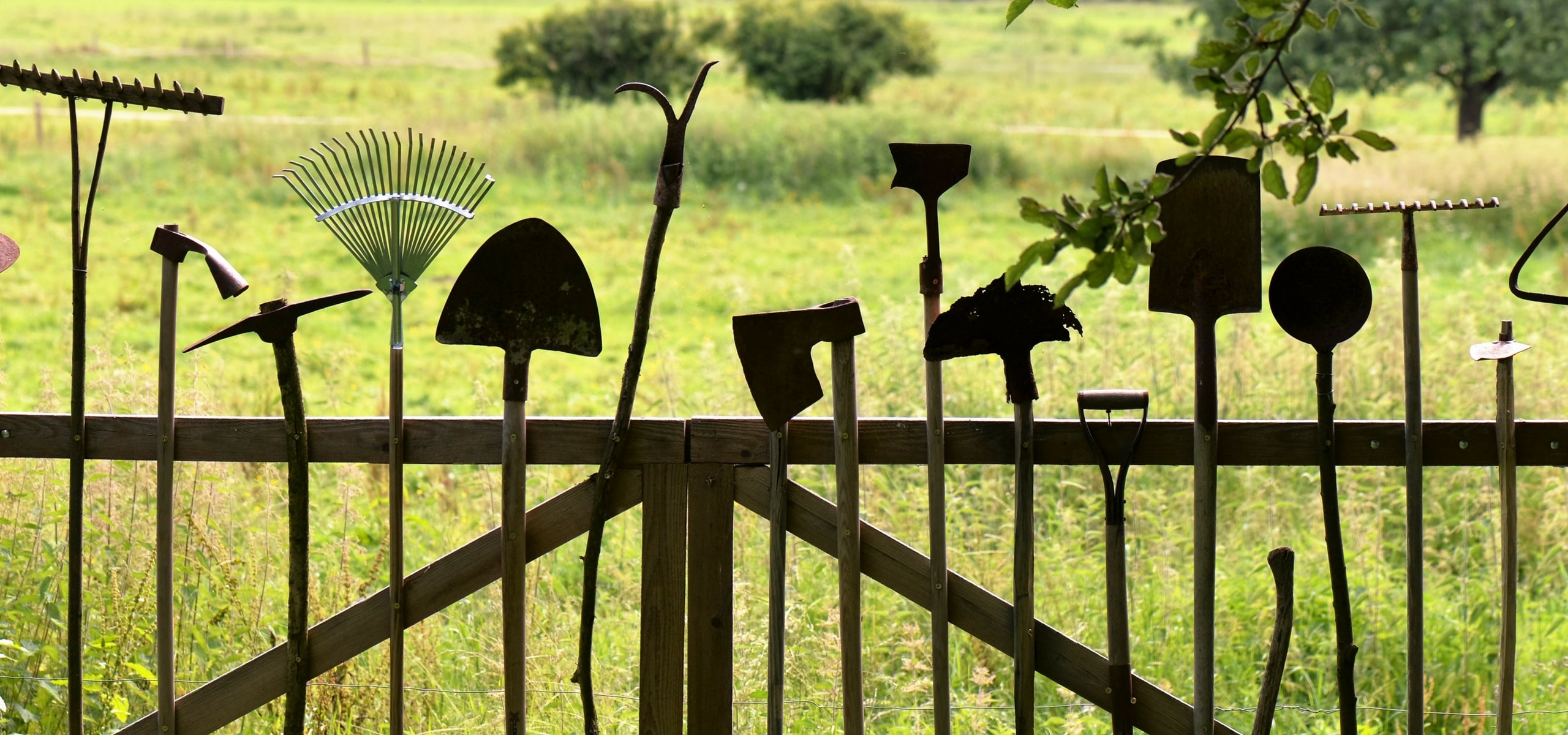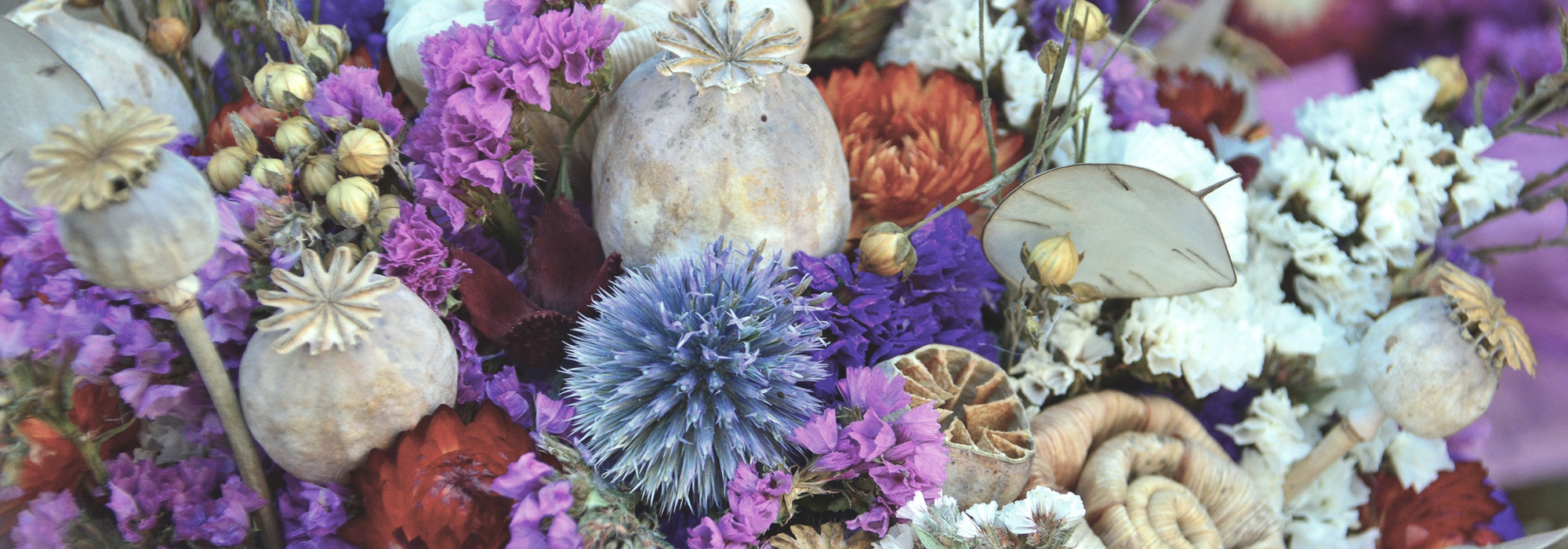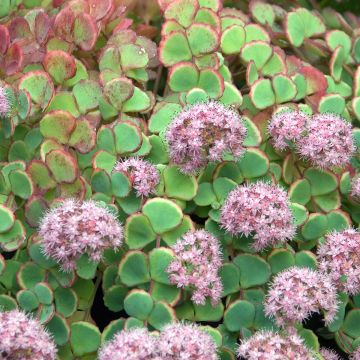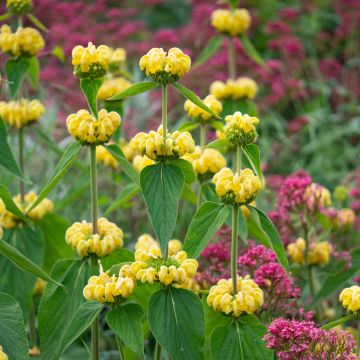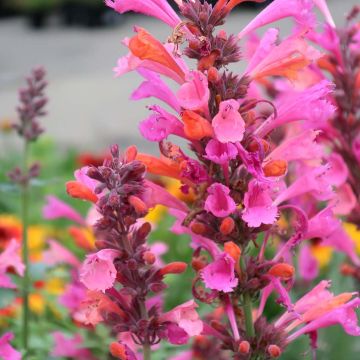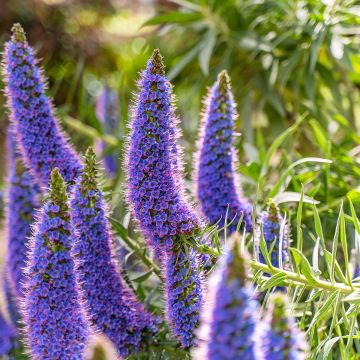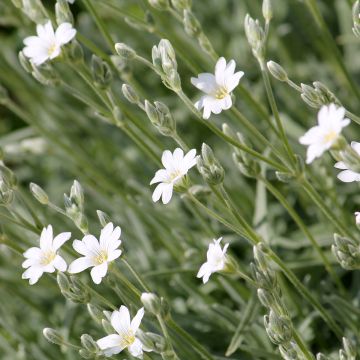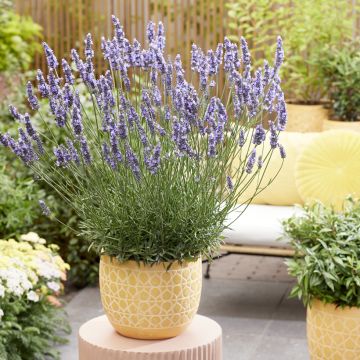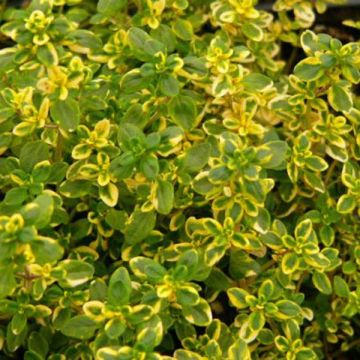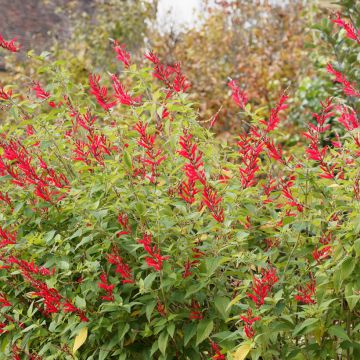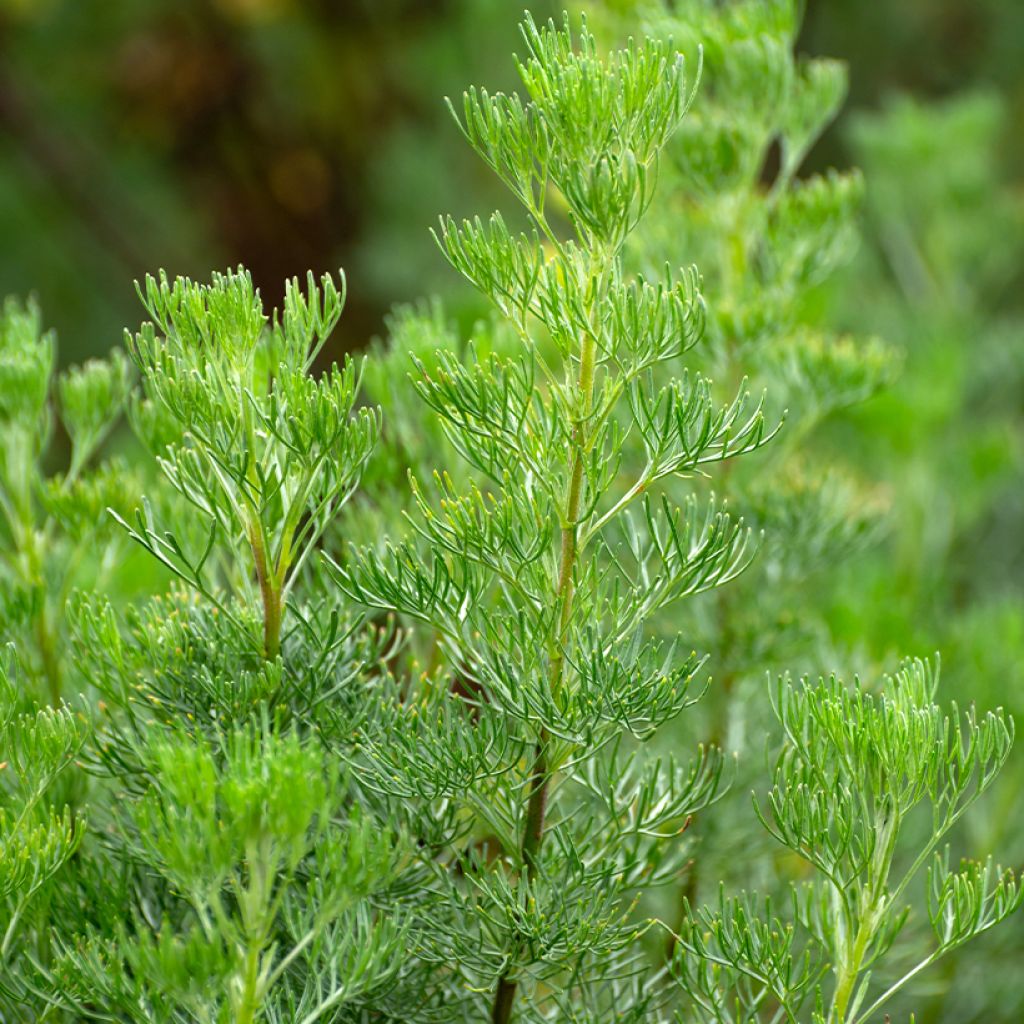

Artemisia abrotanum
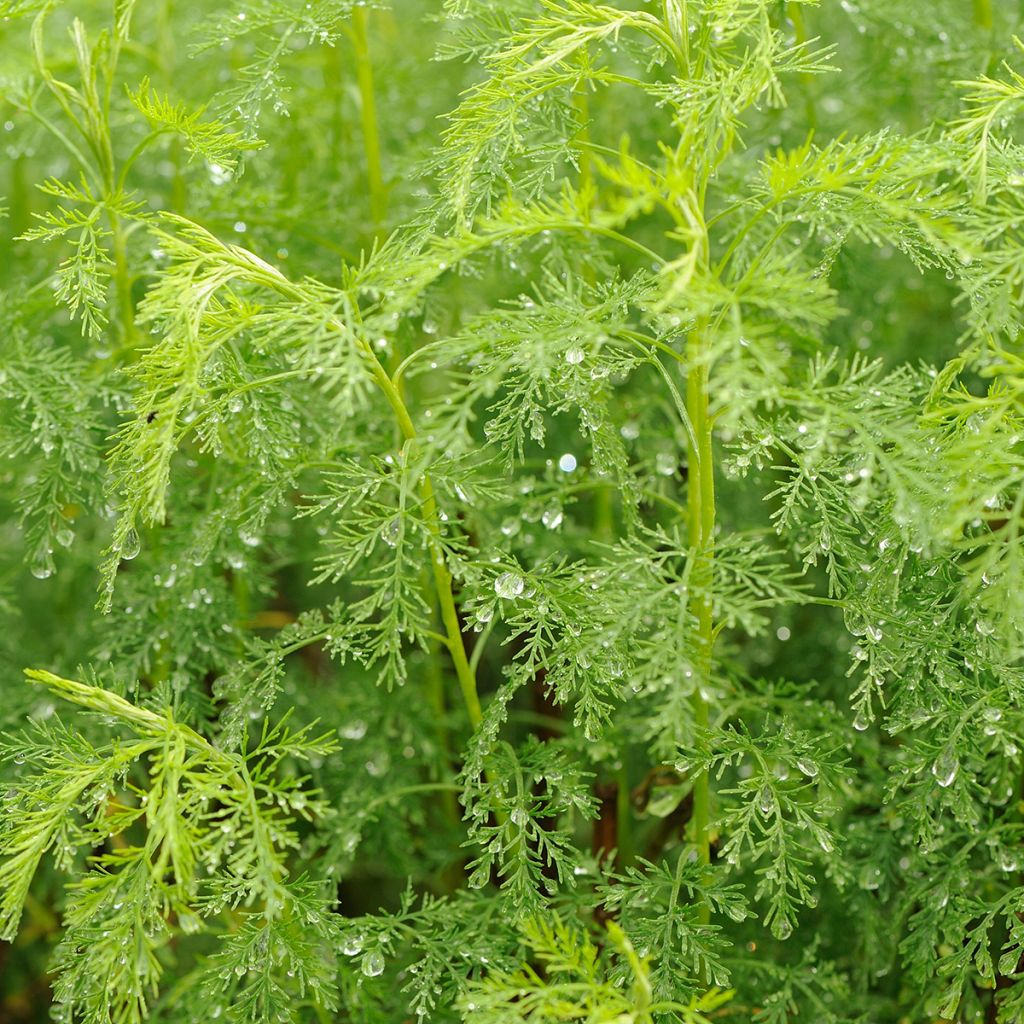

Artemisia abrotanum
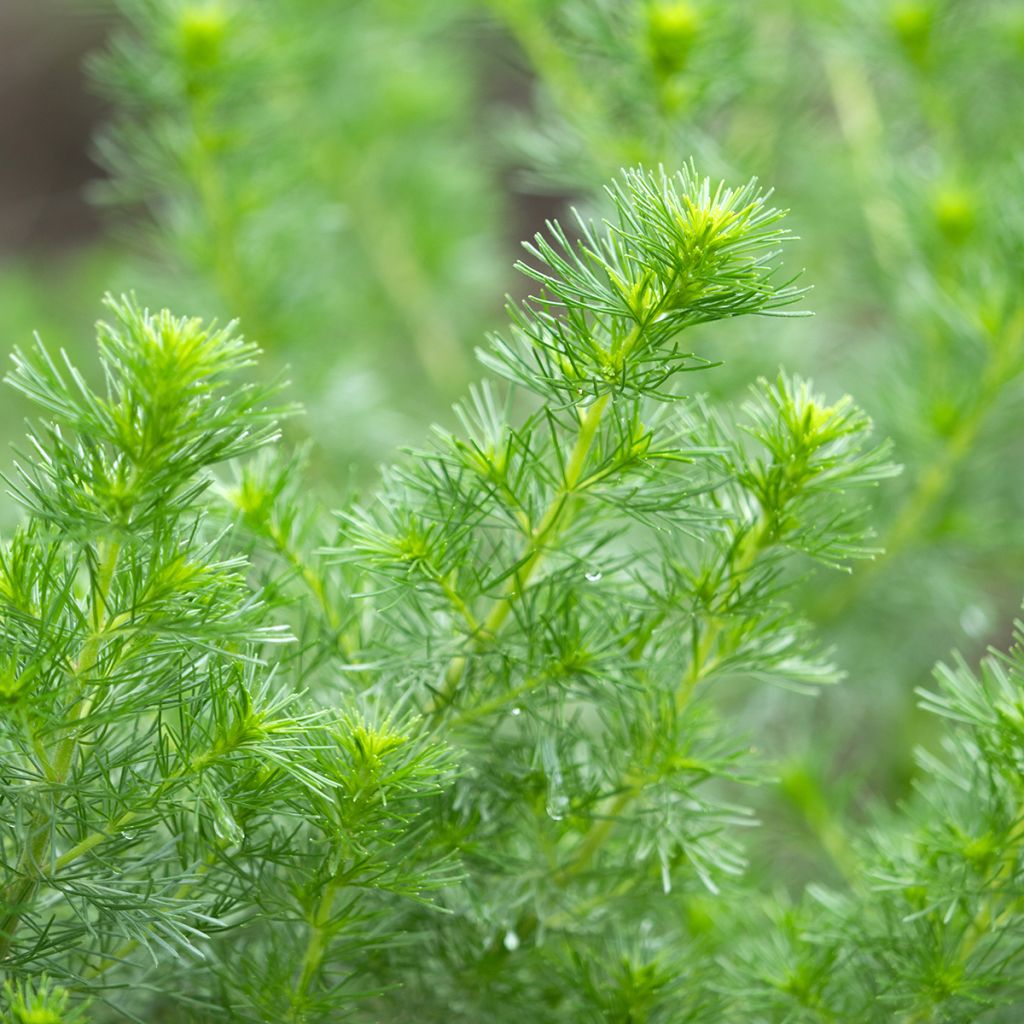

Artemisia abrotanum
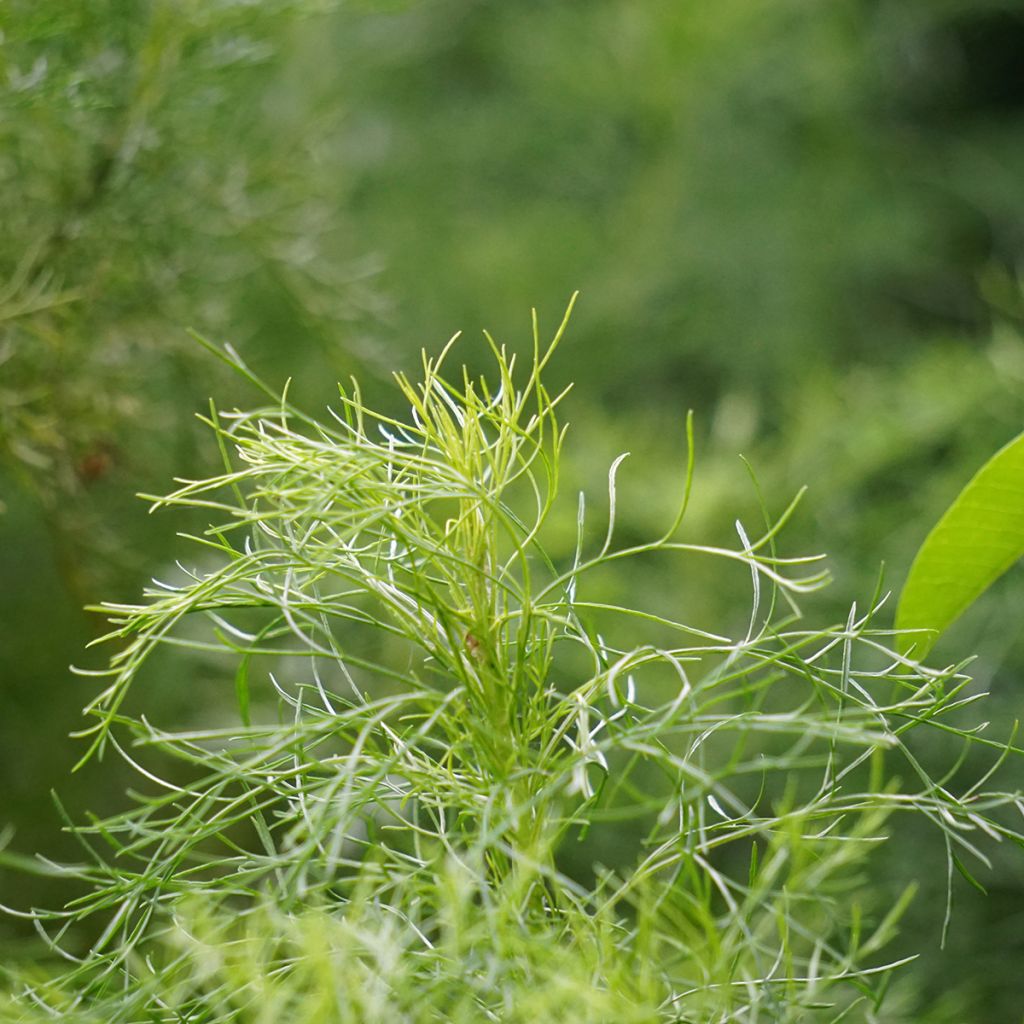

Artemisia abrotanum
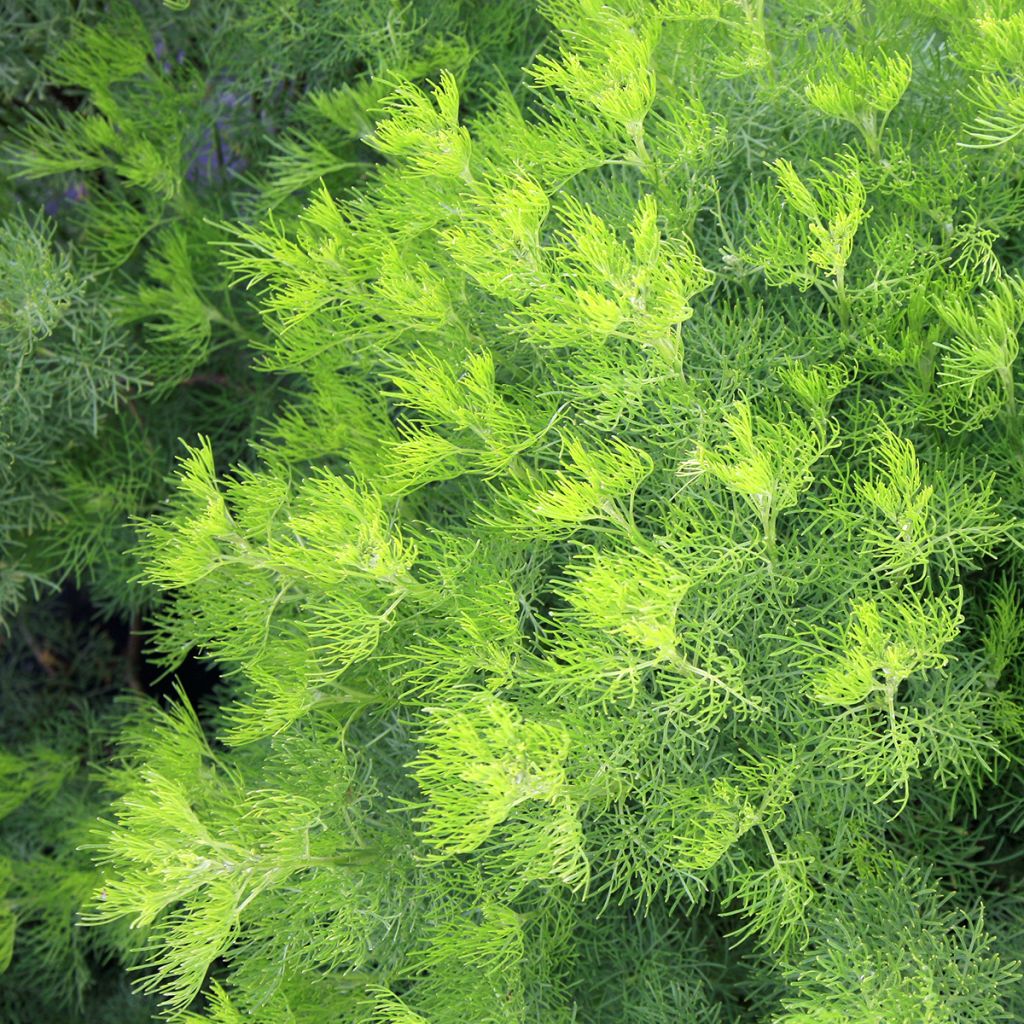

Artemisia abrotanum
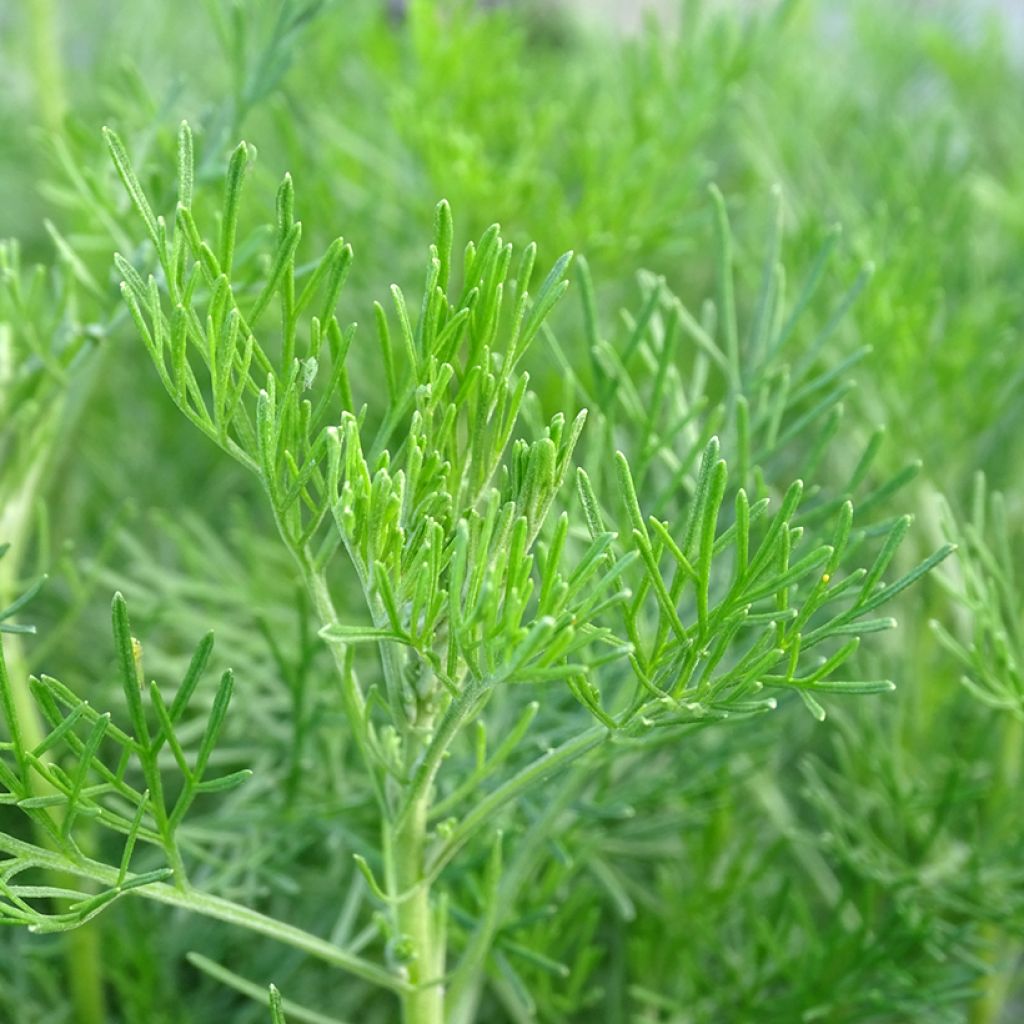

Artemisia abrotanum
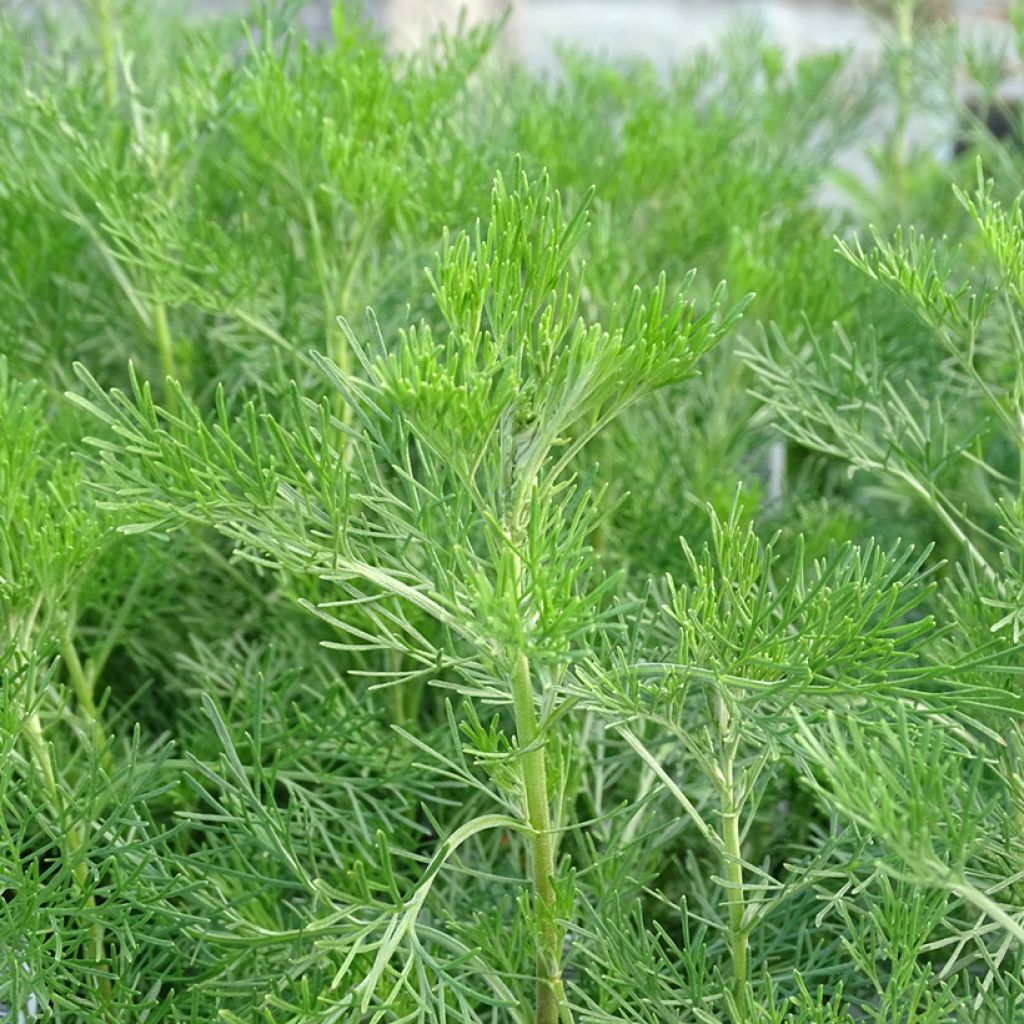

Artemisia abrotanum
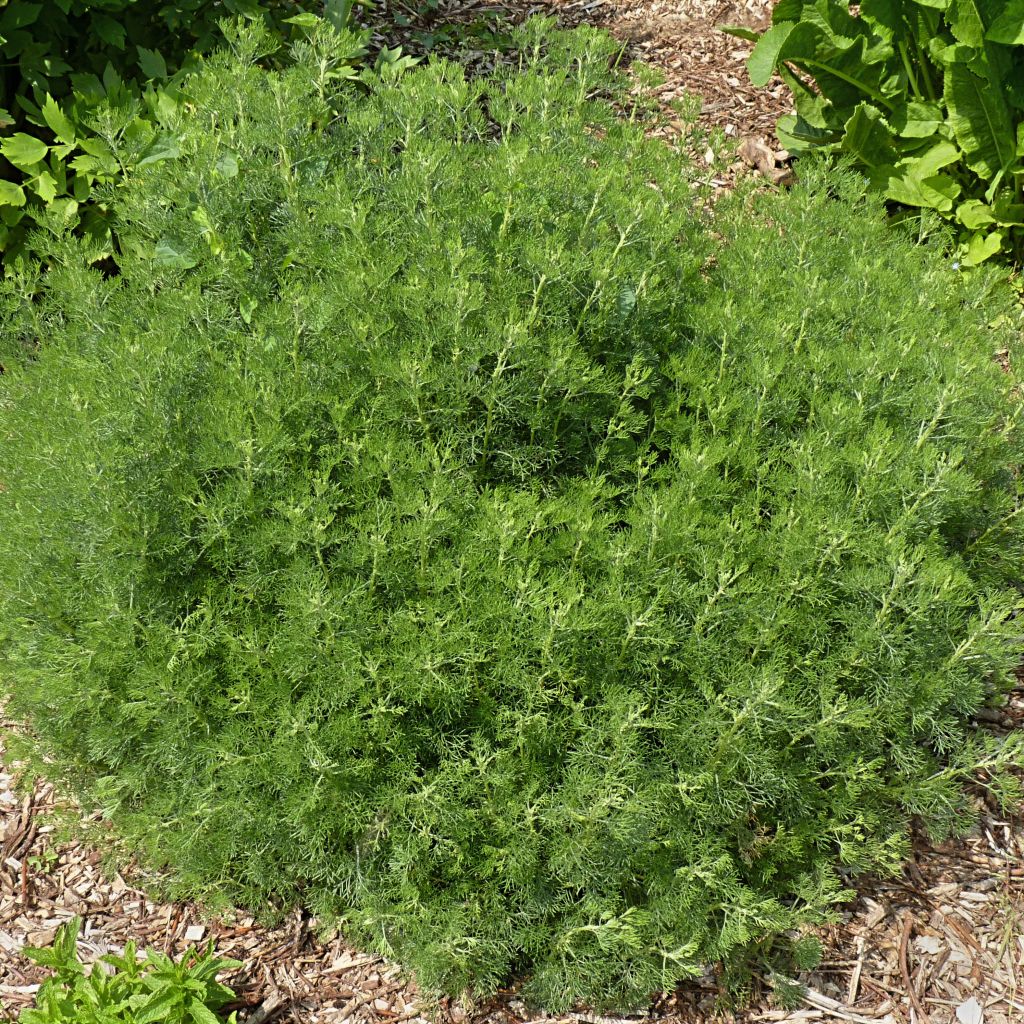

Artemisia abrotanum
Artemisia abrotanum
Artemisia abrotanum
Southernwood, Lad's Love, Old Man, Boy's Love
Very pleasantly fragrant and sturdy young plant.
ELISABETH, 24/04/2025
Special offer!
Receive a €20 voucher for any order over €90 (excluding delivery costs, credit notes, and plastic-free options)!
1- Add your favorite plants to your cart.
2- Once you have reached €90, confirm your order (you can even choose the delivery date!).
3- As soon as your order is shipped, you will receive an email containing your voucher code, valid for 3 months (90 days).
Your voucher is unique and can only be used once, for any order with a minimum value of €20, excluding delivery costs.
Can be combined with other current offers, non-divisible and non-refundable.
Home or relay delivery (depending on size and destination)
Schedule delivery date,
and select date in basket
This plant carries a 12 months recovery warranty
More information
We guarantee the quality of our plants for a full growing cycle, and will replace at our expense any plant that fails to recover under normal climatic and planting conditions.

Would this plant suit my garden?
Set up your Plantfit profile →
Description
Artemisia abrotanum is a particularly aromatic subshrub with highly divided grey-green foliage, deciduous or semi-evergreen depending on the climate. It thrives advantageously in the most inhospitable corners of the garden, overlooked by other plants. Ideal in stony soil, in full sun.
Artemisia is a perennial plant of the Asteraceae family, cultivated as a condiment and ornamental plant. This plant has naturalized in many regions of Europe, and its exact origin has been lost. It is believed to be native to the Mediterranean basin, possibly Turkey. This Artemisia forms a subshrub that reaches a height of 1m (3ft) in all directions, in two years of cultivation. Its herbaceous, square-sectioned, perennial stems with semi-evergreen leaves are well upright but brittle. The alternate, deciduous leaves, 5cm (2in) long, are thin, highly divided into strips, bluish-green in colour, hairy underneath, glabrous on top, and contain an essential oil responsible for their lemon and absinthe fragrance. The yellow flowers, appearing in August, are not of great ornamental interest. They are all tubular, gathered in very small heads. The heads themselves are gathered in dense, drooping panicles.
Artemisias prefer a dry to moist, well-drained soil and full sun. Even if the upper part freezes in the first winter, new buds located on the lower part of the stem will sprout in spring. Combine it with some old roses for a charming display. Use this plant as a backdrop in perennial flower beds. It also finds its place in herb gardens, alongside common sage, lavender, thyme, and rosemary.
Artemisia abrotanum is a medicinal plant with recognized properties. The fresh leaves, with their lemony taste, can be used to flavour salads, fatty meats, vinegar, sauces, cakes, or to enhance roasted meats such as beef or pork and fish, especially eel.
Artemisia abrotanum in pictures
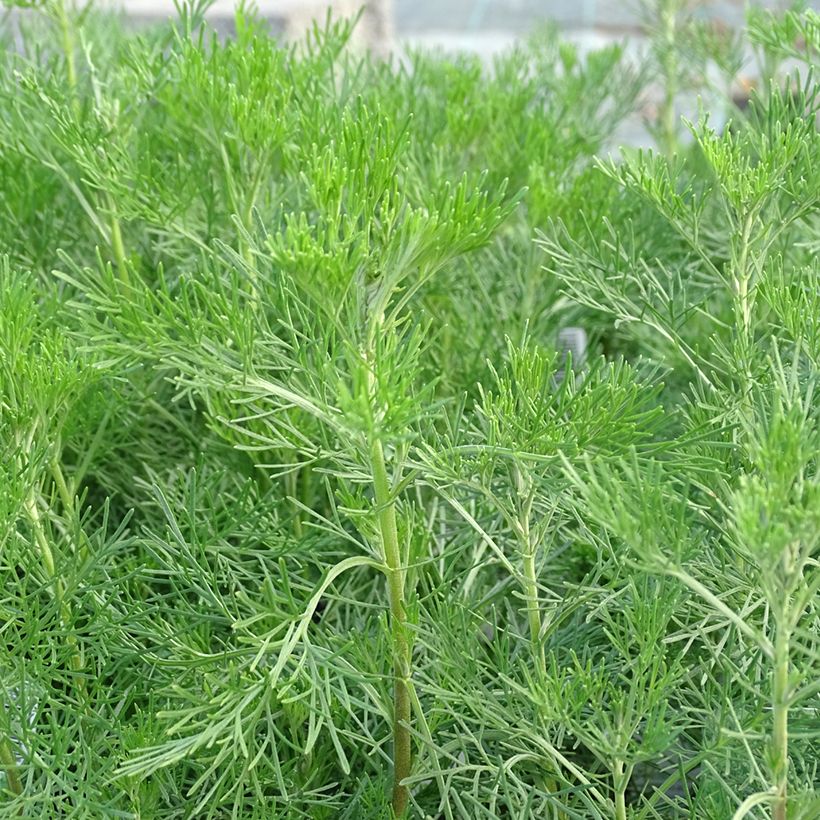

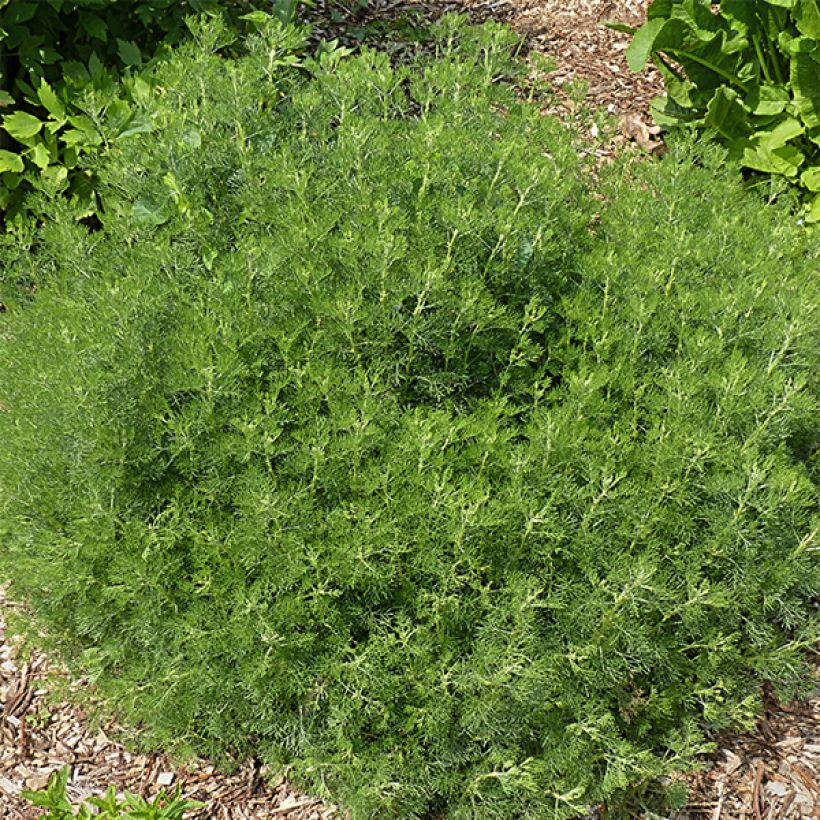

Flowering
Foliage
Plant habit
Botanical data
Artemisia
abrotanum
Asteraceae
Southernwood, Lad's Love, Old Man, Boy's Love
Mediterranean
Other Artemisia
View all →Planting and care
Artemisia prefers a dry to moist, well-drained soil, even poor, neutral to alkaline. Plant it preferably in spring or early autumn, adding two handfuls of coarse sand or gravel at the base. Like the majority of wormwoods, it will not live long in heavy soil, even well-drained. Place it in full sun, not too close to a thoroughfare to spare its brittle stems. Even if the upper part freezes in the first winter, new buds located on the lower part of the stem will regrow in spring. Every spring, in March, it is preferable to cut back the clumps to promote leaf growth and densify the bush, which will thus age better.
Planting period
Intended location
Care
Planting & care advice
-
, onOrder confirmed
Reply from on Promesse de fleurs
Similar products
Haven't found what you were looking for?
Hardiness is the lowest winter temperature a plant can endure without suffering serious damage or even dying. However, hardiness is affected by location (a sheltered area, such as a patio), protection (winter cover) and soil type (hardiness is improved by well-drained soil).

Photo Sharing Terms & Conditions
In order to encourage gardeners to interact and share their experiences, Promesse de fleurs offers various media enabling content to be uploaded onto its Site - in particular via the ‘Photo sharing’ module.
The User agrees to refrain from:
- Posting any content that is illegal, prejudicial, insulting, racist, inciteful to hatred, revisionist, contrary to public decency, that infringes on privacy or on the privacy rights of third parties, in particular the publicity rights of persons and goods, intellectual property rights, or the right to privacy.
- Submitting content on behalf of a third party;
- Impersonate the identity of a third party and/or publish any personal information about a third party;
In general, the User undertakes to refrain from any unethical behaviour.
All Content (in particular text, comments, files, images, photos, videos, creative works, etc.), which may be subject to property or intellectual property rights, image or other private rights, shall remain the property of the User, subject to the limited rights granted by the terms of the licence granted by Promesse de fleurs as stated below. Users are at liberty to publish or not to publish such Content on the Site, notably via the ‘Photo Sharing’ facility, and accept that this Content shall be made public and freely accessible, notably on the Internet.
Users further acknowledge, undertake to have ,and guarantee that they hold all necessary rights and permissions to publish such material on the Site, in particular with regard to the legislation in force pertaining to any privacy, property, intellectual property, image, or contractual rights, or rights of any other nature. By publishing such Content on the Site, Users acknowledge accepting full liability as publishers of the Content within the meaning of the law, and grant Promesse de fleurs, free of charge, an inclusive, worldwide licence for the said Content for the entire duration of its publication, including all reproduction, representation, up/downloading, displaying, performing, transmission, and storage rights.
Users also grant permission for their name to be linked to the Content and accept that this link may not always be made available.
By engaging in posting material, Users consent to their Content becoming automatically accessible on the Internet, in particular on other sites and/or blogs and/or web pages of the Promesse de fleurs site, including in particular social pages and the Promesse de fleurs catalogue.
Users may secure the removal of entrusted content free of charge by issuing a simple request via our contact form.
The flowering period indicated on our website applies to countries and regions located in USDA zone 8 (France, the United Kingdom, Ireland, the Netherlands, etc.)
It will vary according to where you live:
- In zones 9 to 10 (Italy, Spain, Greece, etc.), flowering will occur about 2 to 4 weeks earlier.
- In zones 6 to 7 (Germany, Poland, Slovenia, and lower mountainous regions), flowering will be delayed by 2 to 3 weeks.
- In zone 5 (Central Europe, Scandinavia), blooming will be delayed by 3 to 5 weeks.
In temperate climates, pruning of spring-flowering shrubs (forsythia, spireas, etc.) should be done just after flowering.
Pruning of summer-flowering shrubs (Indian Lilac, Perovskia, etc.) can be done in winter or spring.
In cold regions as well as with frost-sensitive plants, avoid pruning too early when severe frosts may still occur.
The planting period indicated on our website applies to countries and regions located in USDA zone 8 (France, United Kingdom, Ireland, Netherlands).
It will vary according to where you live:
- In Mediterranean zones (Marseille, Madrid, Milan, etc.), autumn and winter are the best planting periods.
- In continental zones (Strasbourg, Munich, Vienna, etc.), delay planting by 2 to 3 weeks in spring and bring it forward by 2 to 4 weeks in autumn.
- In mountainous regions (the Alps, Pyrenees, Carpathians, etc.), it is best to plant in late spring (May-June) or late summer (August-September).
The harvesting period indicated on our website applies to countries and regions in USDA zone 8 (France, England, Ireland, the Netherlands).
In colder areas (Scandinavia, Poland, Austria...) fruit and vegetable harvests are likely to be delayed by 3-4 weeks.
In warmer areas (Italy, Spain, Greece, etc.), harvesting will probably take place earlier, depending on weather conditions.
The sowing periods indicated on our website apply to countries and regions within USDA Zone 8 (France, UK, Ireland, Netherlands).
In colder areas (Scandinavia, Poland, Austria...), delay any outdoor sowing by 3-4 weeks, or sow under glass.
In warmer climes (Italy, Spain, Greece, etc.), bring outdoor sowing forward by a few weeks.






























